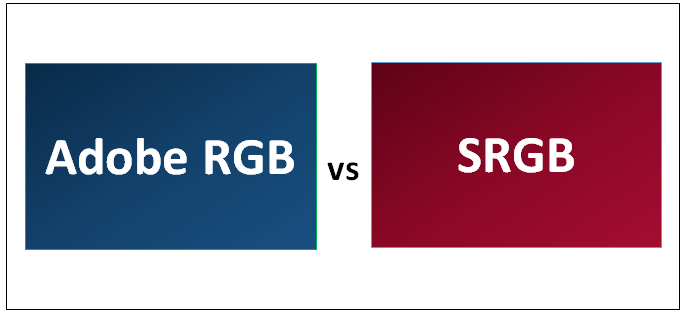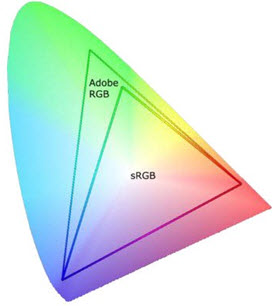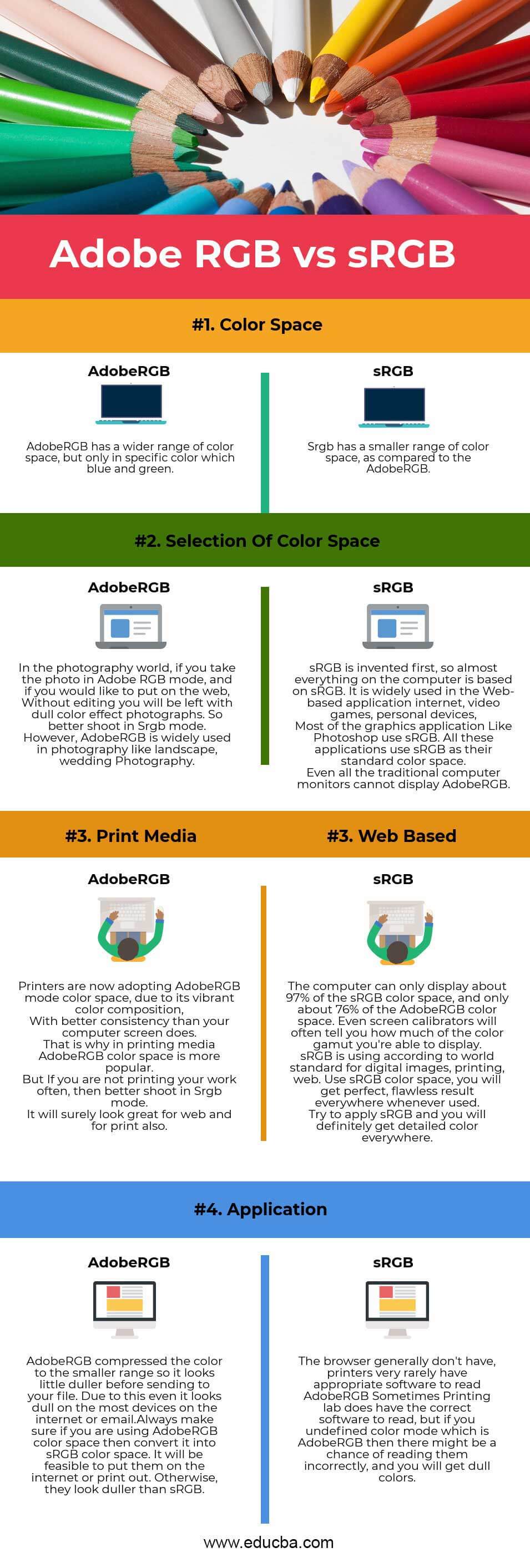Difference Between Adobe RGB and sRGB
AdobeRGB is a color space introduced in 1998 by Adobe Systems Inc. AdobeRGB has a wider range of color reproduction areas, such as green and blue. Adobe RGB provides 35% bigger space than sRGB, but both can display 16.7 million colors. Adobe Ps can now store image data according to the Adobe RGB color space. The sRGB color space was invented by HP-Intel in 1996, trying to create something for the internet; they looked at what was commonly displayed on the monitor at that time. Even after 20 years of this invention, most monitors use an sRGB color profile to represent color space. A specific amount of color information defines the sRGB color space, representing the more effective way to establish colors between devices such as computers, laptop screens, printers, and web browsers.
In addition to these high-scaling scanners and digital cameras for professional photographers, use Adobe RGB color space.
Head To Head Comparison Between Adobe RGB and sRGB (Infographics)
Below are the top 4 differences between Adobe RGB vs RGB
Key Differences Between Adobe RGB and sRGB
Both are popular choices in the market; let us discuss some of the major differences:
Generally, photographers have these questions, which color space
Should they use it while shooting or for editing photographs? Is it sRGB or AdobeRGB? Which one is best suitable for their purpose? Let us understand the detailed information in color space Adobe RGB vs sRGB.
A color space is a part of the color gamut, basically the universal color tones. It refers to a specific range of colors available in the photograph.
You can count on up to about 16.7 million colors in it.
There are three types of color spaces: sRGB, AdobeRGB, and ProPhoto RGB.
In Lightroom and camera, selecting which color space you are looking for is very easy.
Go to the export file, let the image open, then under “file setting”, select the one option you want to use. Yeah, but the question is which one??
Right, so let us discuss it in more detail. ProPhoto and Adobe RGB give the photographer a wider segment of colors. On the other hand,
sRGB provides you most adjustable options across different platforms like printers, monitors, and laptops. Many computers and printers can’t recognize or print Adobe RGB
Adobe RGB
Pros- 1) A wider range of color space
Better in professional photographs
- Easy to obtain benefits of sRGB later in the editing stage Cons1)Display incorrectly by most of the browsers 2)complicated work process
sRGB
Pros- 1) Display accurately by most browsers
2) Easy in the work process 3) Suitable prints as well
Cons-1) Narrower Range of color space
2) Not obtain benefits of AdobeRGB later in any stage
Adobe RGB vs sRGB Comparison Table
Below are the 4 topmost comparisons
| AdobeRGB | sRGB |
| Color Space | Color Space |
| AdobeRGB has a wider range of color space, but only in a specific color, which is blue and green. | Srgb has a smaller range of color space as compared to Adobe RGB. |
| Selection Of Color Space | Selection Of Color Space |
| In the photography world, if you take the photo in Adobe RGB mode, and if you would like to put it on the web,
Without editing, you will be left with dull color effect photographs. So better shoot in Srgb mode. However, Adobe RGB is widely used in landscape and wedding photography. |
sRGB was invented first, so almost everything on the computer is based on sRGB. It is widely used in Web-based application internet, video games, personal devices,
Most graphics applications, Like Photoshop, use sRGB. All these applications use sRGB as their standard color space. Even all traditional computer monitors cannot display Adobe RGB. |
| Print Media | Web-based |
| Printers are now adopting AdobeRGB mode color space due to its vibrant color composition,
With better consistency than your computer screen does. That is why Adobe RGB color space is more popular in printing media. But If you are not printing your work often, you better shoot in Srgb mode. It will surely look great on the web and for print also. |
The computer can only display about 97% of the sRGB color space and only about 76% of the Adobe RGB color space.
Even screen calibrators often tell you how much color gamut you can display. sRGB is used according to world digital images, printing, and web standards. Use sRGB color space; you will get perfect, flawless results everywhere whenever used. Try to apply sRGB, and you will get detailed colors everywhere. |
| Application | Application |
| AdobeRGB compressed the color to a smaller range, making it look duller before sending it to your file.
Due to this, even it looks dull on most devices on the internet or email. Always use AdobeRGB color space, then convert it into sRGB color space. Putting them on the internet or printing them out will be feasible. Otherwise, they look duller than sRGB. |
The browser generally lacks printers and rarely has the appropriate software to read Adobe RGB. Sometimes Printing lab has the correct software to read, but if you undefined color mode, which is AdobeRGB, there might be a chance of reading them incorrectly, and you will get dull colors. |
Conclusion
Thus, if you want things to be simplified, always use sRGB color space for your camera settings, giving you Nice and beautiful prints.
Finally, our recommendation will be as follows:
- If you do not regularly use your printer to print your photographs,
The best and safest option is sRGB color space, which gives you the desired result.
- If you are a professional photographer, then always use Adobe RGB color
But if you would like to put it on the web or any social media, then make sure you save your work in RGB mode to avoid any future disappointment.
Recommended Articles
Although, this has guided the top difference between Adobe RGB and sRGB. Here we also discuss the key differences between infographics and comparison tables. You may also have a look at the following articles to learn more –
- Photoshop vs Photoshop Elements
- Adobe Photoshop vs CorelDraw
- Adobe Illustrator vs Adobe Photoshop
- Affinity vs Lightroom





